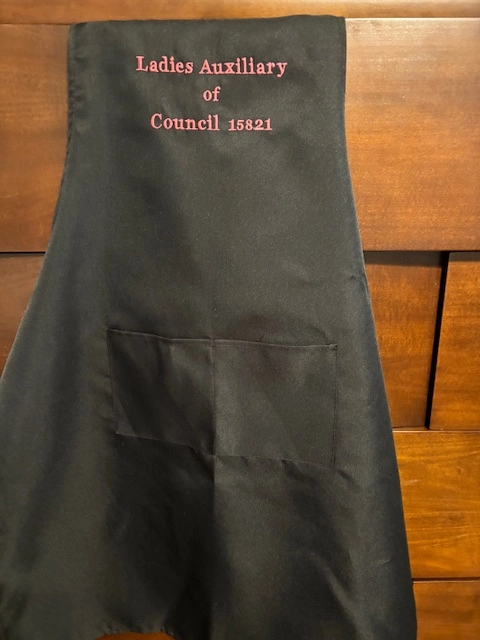The Art of Customized Embroidery: Unlocking the Secrets to Creating Special and Remarkable Layouts
The secrets to producing custom needlework layouts that captivate the eye and leave a long-term impact lie in a delicate balance of technique, creative thinking, and attention to information. As we delve into the globe of custom-made needlework, we discover the nuanced interplay in between thread option, sew complexity, and style personalization that elevates a simple garment to a job of art.
Choosing the Right Embroidery Threads
When choosing embroidery threads, what crucial factors should you think about to ensure the best outcomes for your customized styles? The option of needlework thread is important in figuring out the final end result of your embroidered design.
Additionally, the weight or density of the thread plays a considerable duty in the look of the embroidery. Thicker strings can include dimension and texture to your layout, while finer threads are excellent for elaborate details and small text. Furthermore, taking into consideration the shade fastness and washability of the string is crucial to make certain that your personalized layouts preserve their top quality and vibrancy in time. By thoroughly examining these aspects and picking premium strings that satisfy your details requirements, you can boost the aesthetic charm and durability of your embroidered productions.
Discovering Different Stitch Strategies
To look into the world of 'Exploring Various Stitch Strategies', one must realize the ins and outs and subtleties that each stitching technique offers the art of embroidery. Various stitch methods not only include aesthetic rate of interest however likewise add to the general texture and dimension of the layout. One popular stitch strategy is the satin stitch, which includes closely packed parallel stitches to create a smooth and glossy surface area, suitable for filling up in shapes and producing strong lays out.
On the other hand, the backstitch is a functional technique usually utilized for outlining and including great details. It includes sewing in reverse to produce a solid line of needlework. Furthermore, the French knot stitch includes a responsive element to styles, excellent for developing textured accents like flower facilities or ornamental touches.
Checking out different stitch methods permits embroiderers to have fun with light, darkness, and depth within their designs, elevating the aesthetic charm and creative quality of their embroidery tasks. By grasping different stitching approaches, one can unlock endless possibilities for creating distinct and memorable custom-made needlework items.
Incorporating Personalized Layout Elements
Having discovered the details of various stitch methods such as the satin stitch, backstitch, and French knot, click to read more the focus currently shifts in the direction of including personalized style components in customized embroidery jobs. Customized design elements play a crucial role in making needlework tasks truly distinct and remarkable. One means to include personalization is by adding initials, names, or substantial dates to the design. This not only adds a customized touch but additionally enhances the emotional value of the embroidery item.
Another method to include individualized design aspects is by including symbols or concepts that hold unique meaning to the recipient or mirror their interests and character. Integrating a favored blossom, pet, or hobby-related symbol can make the embroidery layout much more meaningful and personalized. In addition, picking colors that reverberate with the recipient or align with the desired motif can better enhance the customization of the needlework project.
Mastering the Art of Shade Sychronisation

One key facet of shade coordination is comprehending color concept. This includes understanding just how various shades engage with each various other, the feelings they share, and how they can be integrated to develop aesthetically enticing styles. By applying color concept concepts, embroiderers can develop harmonious shade palettes that boost the overall look of the design.
In addition, paying focus to comparison is vital in color sychronisation. Using contrasting shades can aid certain aspects of the design pop, improve legibility, and produce a visually dynamic embroidery piece. By understanding the art of color control, embroiderers can elevate their styles and create remarkable pieces that reverberate with clients and viewers alike.
Enhancing Structure With Advanced Needlework Stitches
French knots, as an example, are best for including little, raised dots to your layout, simulating the appearance of grains or creating a textured surface. Bullion knots, on the other hand, can be used to develop twisted, ropelike aspects that add a glamorous feeling to the needlework. Seed sewing involves little, scattered stitches that can fill out areas with a multicolor appearance, while turkey work creates cosy, dimensional accents reminiscent of animal hair or foliage. Trying out these advanced embroidery stitches allows you to press the limits of traditional embroidery and develop really special and aesthetically attractive appearances in your designs.
Conclusion
To conclude, the art of custom-made needlework includes a mix of selecting the ideal strings, checking out various stitch strategies, including individualized design aspects, mastering shade control, and improving appearance with innovative stitches. By recognizing and applying these crucial elements, embroiderers can produce unique and unforgettable layouts that display their creativity and ability. Needlework enthusiasts can unlock the tricks to developing beautiful and bespoke pieces that stand out and leave a long-term impact.